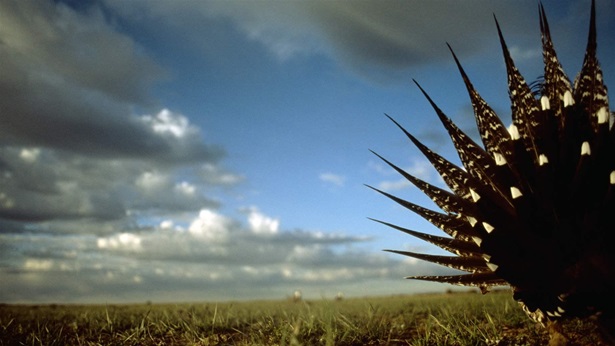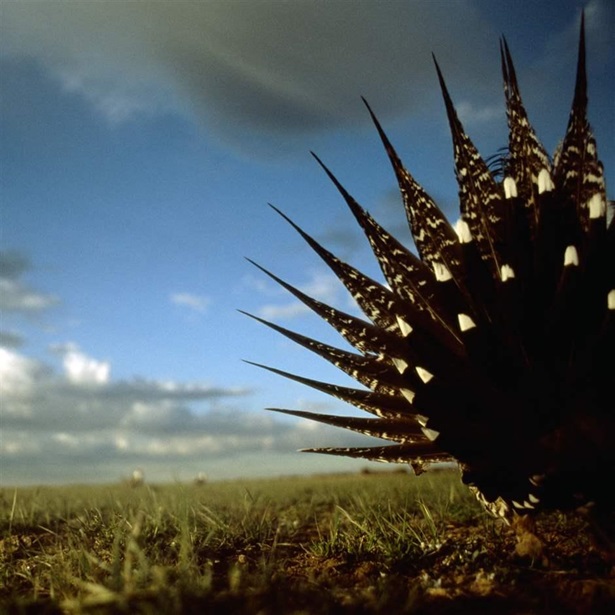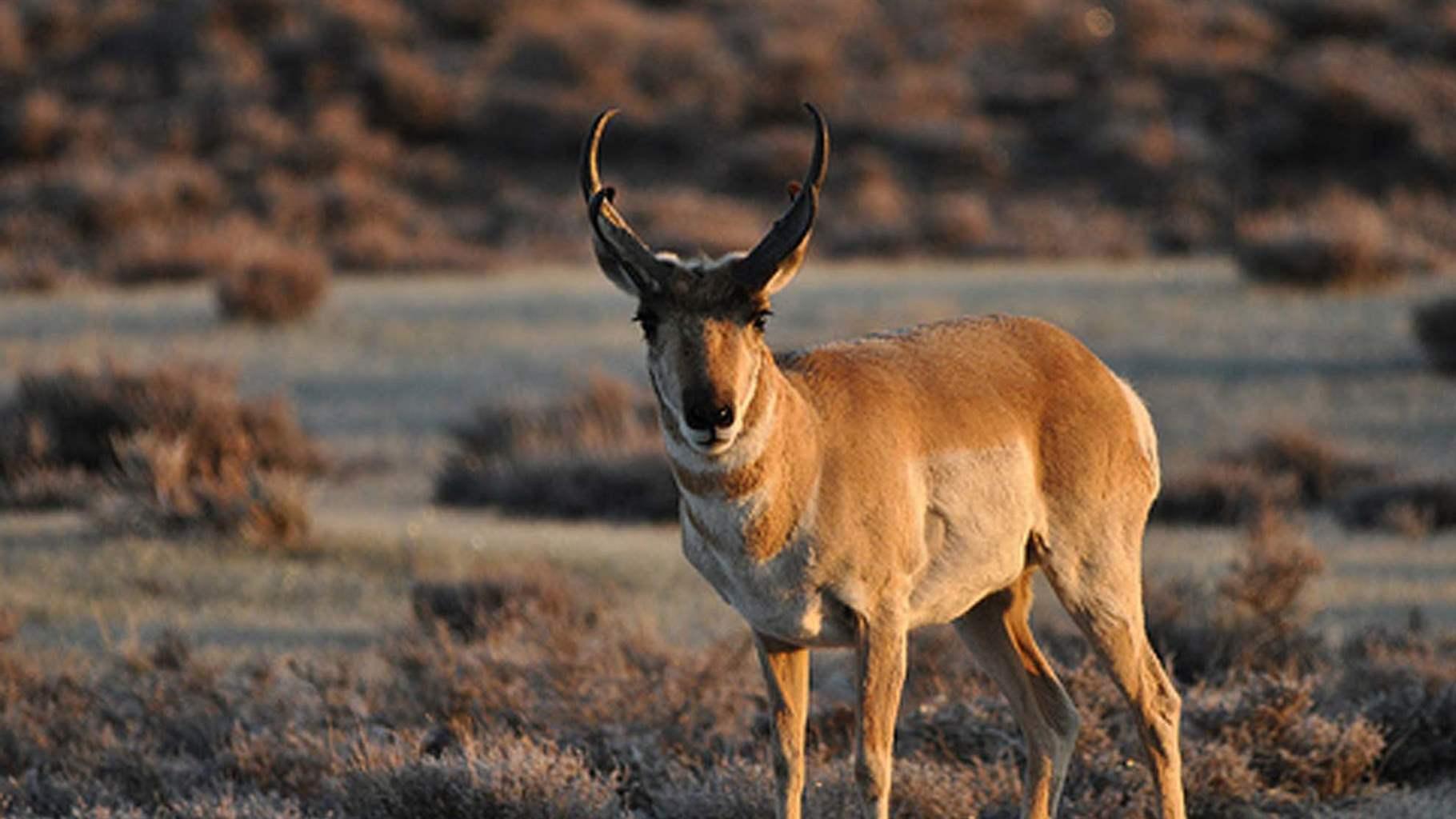New Science Shows How U.S. Can Better Protect Sage-Grouse
Building on solid 2015 habitat plan will also help economies in the U.S. West
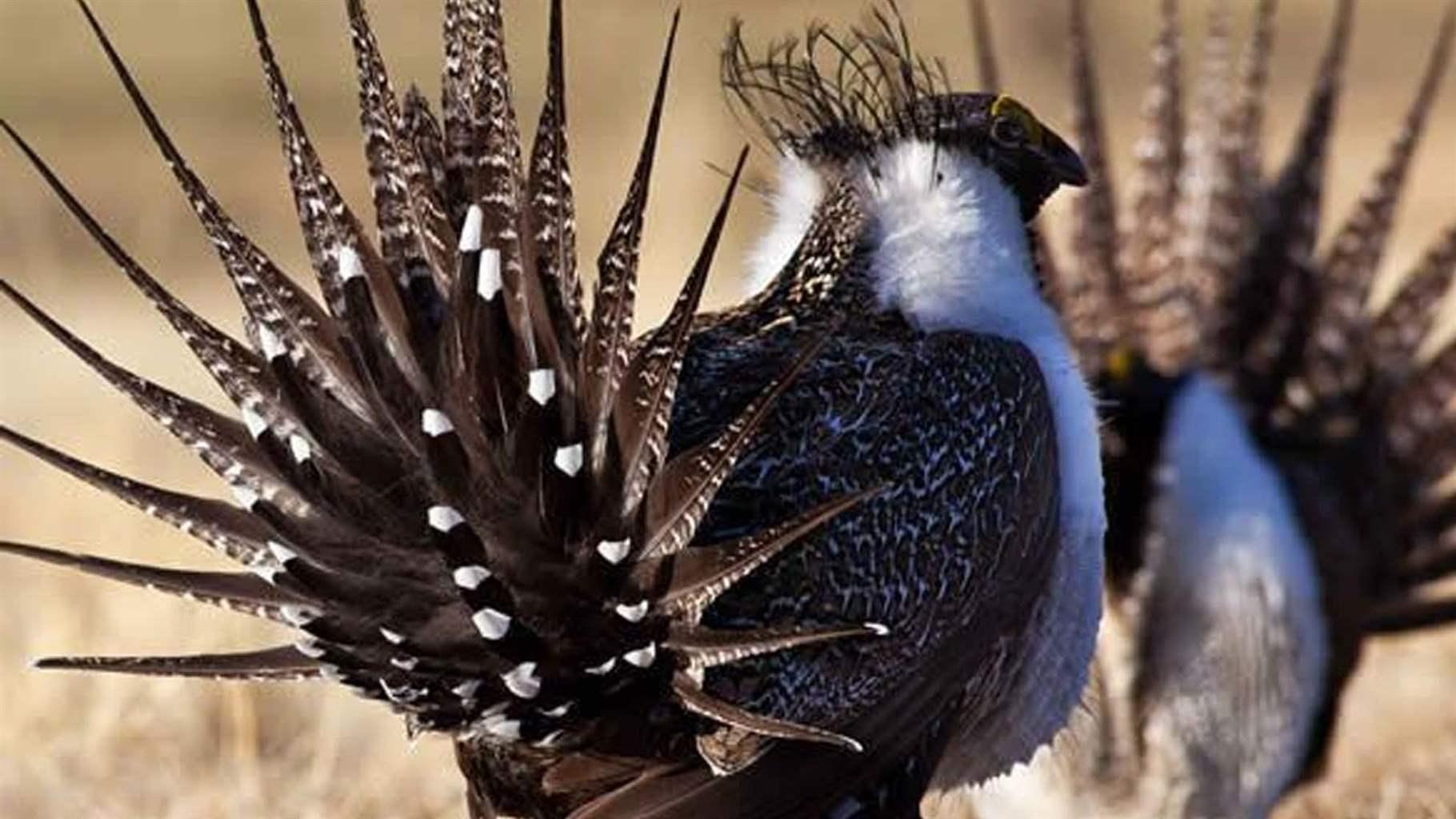
The sage-steppe of the interior American West covers tens of millions of acres and is one of the nation’s most imperiled ecosystems. Home to mule deer, pronghorn, greater sage-grouse, pygmy rabbits, and more than 350 other species, sagebrush landscapes continue to shrink rapidly because of a host of growing threats including wildfire, energy development, urban growth, and the spread of invasive plant species. To address these challenges and because the sage-grouse is an indicator species seen as a proxy for the health of the overall ecosystem, the Bureau of Land Management (BLM) announced in late November that it intends to amend sage-grouse protection plans across the West.
The BLM will examine new science, including on how climate change and other stressors are affecting sage-grouse, to assess how to best conserve and restore habitat on public lands to benefit the species—and the people who rely on sagebrush lands to support their livelihoods and traditions.
In 2015, after a multiyear collaboration, the BLM and the U.S Forest Service amended plans for managing the public lands that provide sage-grouse habitat. The U.S. Fish and Wildlife Service relied on these decisions and state-level plans when it opted against listing the greater sage-grouse under the Endangered Species Act—a noteworthy move that showed the agency’s confidence in the bird’s recovery. Residents of communities in or adjacent to sage-grouse habitat largely supported the BLM’s 2015 sage-grouse conservation plans, which were widely hailed by sportspersons, biologists, and governors as a victory for the iconic bird and the other species that call the Western sagebrush home.
Using the best science at the time, these landscape-scale plans provided a blueprint for responsible and balanced conservation. The Trump administration sought to weaken those rules in 2019, but those efforts were stopped in 2021 by a federal district court judge who put the 2015 rules back into effect.
But a March 2021 study by the U.S. Geological Survey found that greater sage-grouse populations have declined significantly over the past six decades, with an 80% decline across their range since 1965—and half of that drop since 2002. These disturbing findings, together with the Biden administration’s focus on combating climate change, are compelling the BLM to re-examine its management of the 67 million acres the agency oversees in California, Colorado, Idaho, Montana, Nevada, North and South Dakota, Oregon, Utah, and Wyoming. The 2015 plans marked a good first step in improving protection, but the Trump administration’s failure to implement them set conservation efforts back. Now, the Biden administration has an opportunity to build on those plans and further advance conservation of this critical bird and its habitat.
In its forthcoming assessment, the BLM will consider this new data and potentially expand the bird’s most important habitat, determine whether there should be additional restrictions on energy development in both priority and general sage-grouse habitat areas, and address threats from fire and invasive weeds. The BLM should use conservation designations such as Areas of Critical Environmental Concern to protect priority habitats.
The BLM has promised a balanced look at the issue, with Director Tracy Stone-Manning recently saying, “The BLM is committed to reversing long-term downward trends in sage-grouse populations and habitats in a manner that fulfills our multiple-use and sustained yield mission and meets the needs of Western communities. We remain dedicated to working closely with states, local governments, tribes, and other partners who have worked in a collaborative and bipartisan fashion for more than a decade toward sustainable and balanced management of sagebrush habitat.”
Sagebrush habitat conservation is an important driver of rural Western economies, as these BLM lands generate hundreds of millions of dollars, mainly through spending on recreation such as hunting, fishing, camping, wildlife viewing, and hiking.
BLM’s new planning process provides an important opportunity to reduce threats to sagebrush habitat and conserve lands that are vital to greater sage-grouse, hundreds of other species, and a time-honored way of life across the American West.
Ken Rait is a project director with The Pew Charitable Trusts’ U.S. public lands and rivers conservation project.


America’s Overdose Crisis
Sign up for our five-email course explaining the overdose crisis in America, the state of treatment access, and ways to improve care
Sign up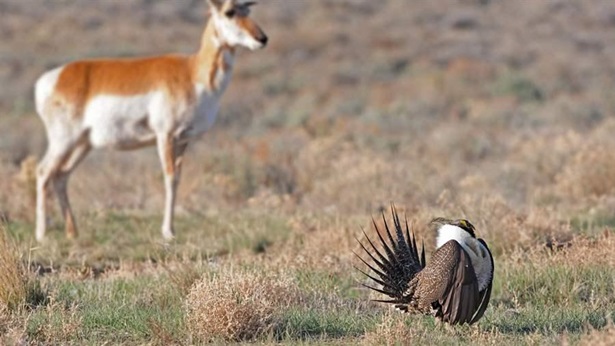
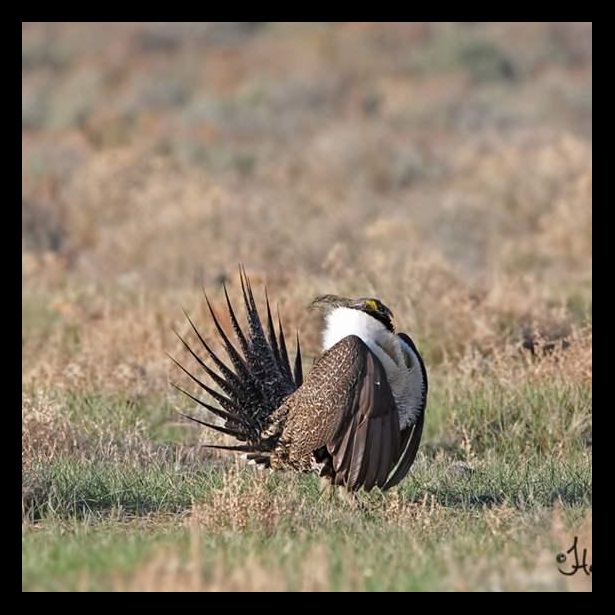
Saving the Sage Grouse
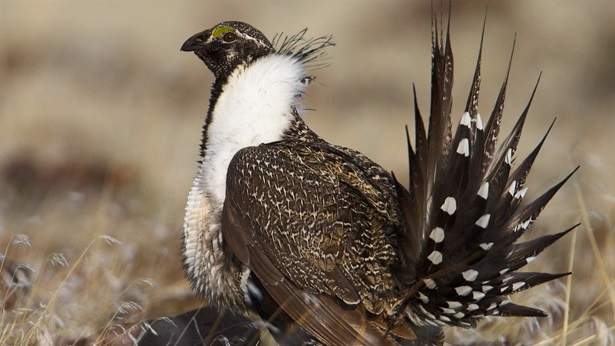
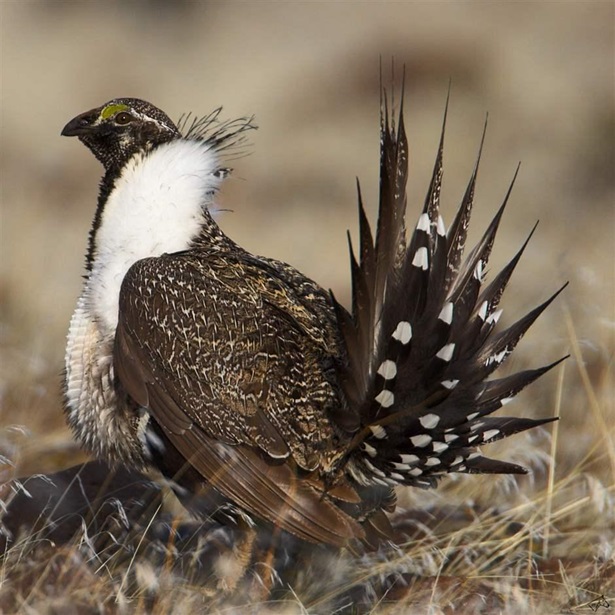
Pew Comments on BLM’s Proposed Changes to 2015 Sage-Grouse Plans
